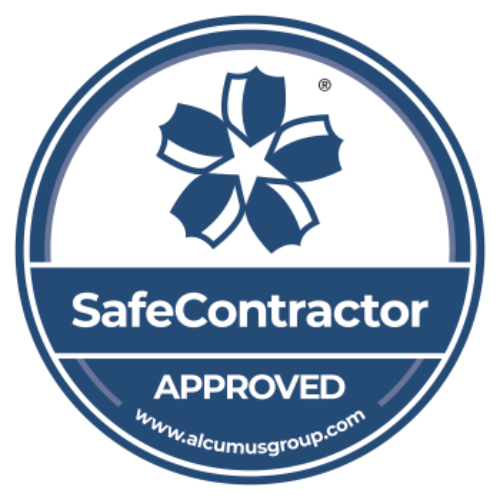The Five Most Common IT Maintenance Mistakes (and How to Avoid Them)
The Five Most Common IT Maintenance Mistakes (and How to Avoid Them)

In the fast-moving world of enterprise IT, keeping systems running efficiently isn’t just about fixing issues when they happen — it’s about anticipating them. The right maintenance strategy can make all the difference between consistent uptime and costly disruption.
Yet even experienced IT providers fall into the same traps time and again. At Ultra Support, we work exclusively with Channel Partners — helping resellers, TPMs, and IT brokers deliver reliable, cost-effective maintenance solutions to their customers. Here are the five most common IT maintenance mistakes we see across the Channel — and how to avoid them.
1. Relying Solely on OEM Support
It’s tempting to renew Original Equipment Manufacturer (OEM) maintenance contracts year after year, believing it’s the safest route. But OEM support often comes with inflated costs, rigid SLAs, and forced upgrade cycles that don’t always serve the customer’s best interests.
How to avoid it:
Offer customers a smarter alternative through Third-Party Maintenance (TPM). Ultra Support enables Channel Partners to deliver OEM-equivalent service — often faster, always more flexible — without the price tag or vendor lock-in. The result? Happier customers, higher margins, and longer asset lifecycles.
2. Neglecting Proactive Maintenance
Many IT environments operate reactively — waiting for something to fail before taking action. It’s a dangerous habit that can lead to unplanned downtime and unhappy end users.
How to avoid it:
Encourage your customers to adopt a proactive maintenance plan. With Ultra Support, Channel Partners can offer predictive monitoring, performance checks, and routine system reviews. Preventing failures before they happen builds trust and demonstrates real value to the customer.
3. Failing to Secure Spare Parts in Advance
When critical hardware fails, availability is everything. Too often, Channel Partners discover too late that replacement parts are out of stock or have long OEM lead times. That delay can mean the difference between a quick recovery and an extended outage.
How to avoid it:
Partner with a TPM provider that stocks and manages spare parts locally. Ultra Support maintains a large UK-based parts inventory dedicated to Channel Partners, ensuring rapid response and minimal downtime. It’s all about keeping your customers operational — and your reputation intact.
4. Ignoring End-of-Life (EOL) Equipment
OEMs label equipment as End-of-Life (EOL) long before it stops being useful — often as a tactic to push new hardware sales. Many Channel Partners take this at face value, replacing systems unnecessarily and leaving customers with higher costs.
How to avoid it:
Use lifecycle management and TPM services to extend the usable life of IT assets. Ultra Support helps Channel Partners support EOL systems with confidence, ensuring continuity, compliance, and cost savings for their customers.
5. Overlooking Documentation and Asset Tracking
Even the best support teams can struggle without clear documentation. Missing serial numbers, unclear contract dates, and poorly tracked maintenance records can cause confusion, missed renewals, and unnecessary risk.
How to avoid it:
Implement structured asset tracking across your customer base. Ultra Support provides tools and reporting that make it easier for Channel Partners to manage maintenance data, ensuring every system is covered and every renewal stays on schedule.
Final Thoughts
The most successful Channel Partners know that IT maintenance isn’t just about fixing what’s broken — it’s about preventing issues, reducing costs, and delivering predictable outcomes for their customers.
By avoiding these common mistakes and partnering with Ultra Support, you can deliver a maintenance offering that’s proactive, cost-efficient, and built for the Channel.
Contact the Ultra Support team to discuss how we can help you strengthen your maintenance portfolio and protect your customers’ infrastructure.





